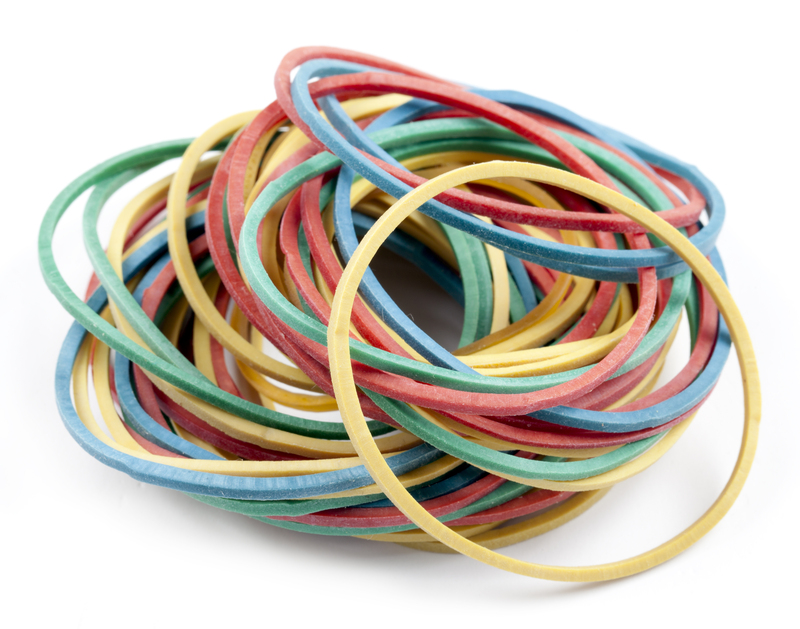In today's environmentally conscious era, the quest to find sustainable materials has peaked, and reclaimed wood waste stands at the forefront. Not only is it an eco-friendly choice, but it also offers versatility and aesthetic appeal. This article explores the innovative potentials of reclaimed wood, setting new horizons in design, construction, and sustainability.
Why Reclaimed Wood Waste Matters
Reclaimed wood waste refers to wood salvaged from old buildings, urban developments, and manufacturing scraps. Instead of allowing this waste to contribute to landfill burden, the use of reclaimed wood emphasizes circular economy principles by giving new life to old materials.
- Environmental Impact: Reclaimed wood waste significantly reduces deforestation and the carbon footprint associated with wood processing.
- Preservation of History: By incorporating aged timber, we preserve stories and craftsmanship from the past.
- Cost-Effectiveness: While acquiring reclaimed wood might initially seem costly, long-term benefits in durability and aesthetics make it a smart investment.

Innovative Applications of Reclaimed Wood
Architectural Design: Architects leverage reclaimed wood to create structures that resonate with history while meeting modern standards. The texture and grains of aged wood add character that new timber cannot replicate.
Interior Design: From floors to ceilings, reclaimed wood provides a unique appeal in interiors. Its distinct patina enriches spaces, introducing warmth and charm to homes and commercial environments alike.
Furniture and Art: Artisans and furniture makers often choose reclaimed wood for its durable and pliable characteristics. It not only adds artistic value but also ensures that each piece has a story to tell, enhancing its value exponentially.
The Process of Transforming Reclaimed Wood
The journey from waste to wonder begins with a meticulous process.
- Sourcing: Wood is retrieved from various demolitions, construction sites, and other source points.
- Decontamination: The reclaimed wood is then cleaned, treated, and dried to remove any impurities.
- Refinement: Cutting, sanding, and further processing takes place to prepare the wood for its new role.
- Craftsmanship: Artisans transform the wood into desired products, from structural beams to decorative wares.
Challenges in Utilizing Reclaimed Wood Waste
While reclaimed wood offers numerous benefits, there are also challenges to navigate:
- Sourcing Quality Wood: Finding wood that is both ethically sourced and of high quality can be a logistical challenge.
- Contaminants: Old woods may harbor pests or chemicals, requiring thorough treatment.
- Standardization: Variability in sizes and conditions of reclaimed wood can make standardization difficult, a hurdle for large-scale projects.
Technological Advances in Reclaimed Wood Utilization
Emergent technology has significantly improved the efficiency and applicability of reclaimed wood waste. Techniques such as de-nailing machines, 3D modeling for precision cutting, and electronic scanners for material assessment have enhanced the usability of this sustainable resource.
Moreover, technology facilitates the preservation of the historical integrity of these materials, allowing for precise customizations that were formerly impossible.

The Future of Reclaimed Wood Waste
The growing demand for sustainable and stylish solutions in constructing and designing industries will continue to propel the use of reclaimed wood waste. Government incentives and "green certification" programs encourage businesses to adopt practices that promote recycling and reusing materials.
With increased awareness and technological progrss, reclaimed wood waste reinvents itself into an invaluable resource, transforming industries and protecting the environment.
Conclusion
Reclaimed wood waste embodies a vision where the past and future coexist in harmony, showcasing the power of sustainability and innovation. As we continue to explore and define new horizons with reclaimed wood, the possibilities are boundless--creating a future that respects history while preserving our planet.